Exercising Your Way to Lowering Your Blood Pressure
February is American Heart Month, and it’s a great time to learn about how you can effectively lower high blood pressure through regular exercise and other healthy lifestyle choices. Donna Cataldo, PhD, and colleagues have developed this up-to-date handout with information on the F.I.T.T. (frequency, intensity, type and time) recommendations for exercising for heart health.
